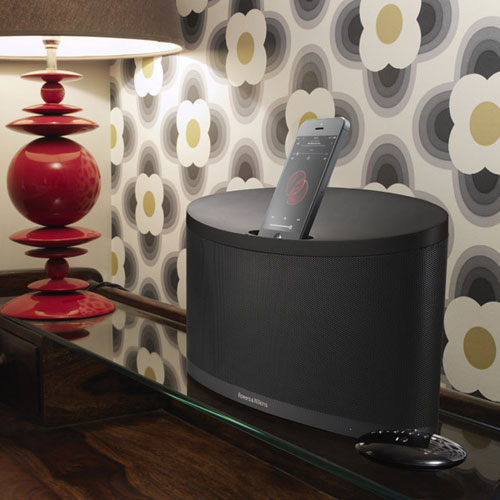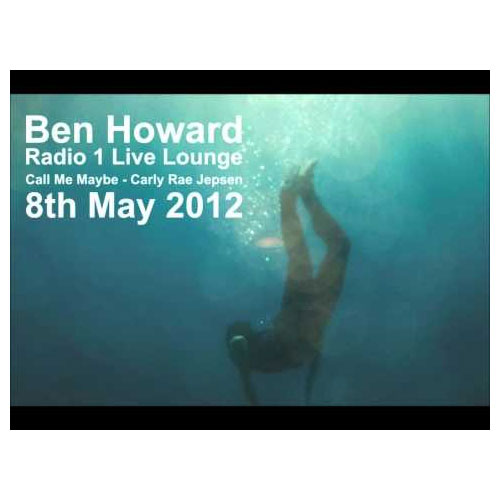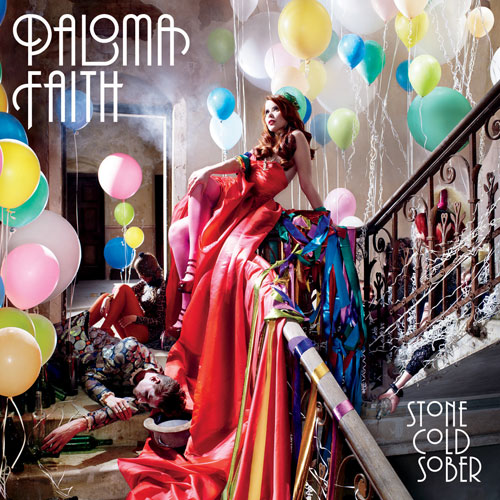Update: This review was written when the Z2 was a fairly new product and had a price of £329. With a recent price adjustment, you can now pick up a brand new Bowers & Wilkins Z2 for phenomenal £169; at this price, the Z2 is a blinding purchase.
Review by Stephen Goode of Hifi Gear
When Jamie (Hifi Gear Manager ) asked me to review the B&W Z2, I was more than delighted; having been a Zep fan for quite some time and have been itching to get my hands on the Z2.
 B&W Z2 airplay speaker in black finish
B&W Z2 airplay speaker in black finishThe Z2 is similar in design to its original iPod 30-pin connected cousin, the Zeppelin Mini. However, sonically it takes the B&W docking station range to an entirely new level. In the few ways the Zeppelin Mini slacked, the Z2 has made up for it.
 Ben Howard - Call Me Maybe
Ben Howard - Call Me MaybeI first decided to assess the Z2 using Ben Howard’s ‘Call Me Maybe’ cover for Radio 1 Live Lounge, I wanted to see how the system handled songs with a more ‘human’ feel, as the majority of the instruments used for this performance were traditional (guitar, cello, drum kit, etc). As soon as the introductory cello began to play, the atmosphere of the demo room where I was listening changed instantly. The Z2 filled the room with a big and ambient low-end bass sound that almost seems impossible to achieve from such a small machine. The Z2 brings a bright and delicate amount of high-end to Ben’s voice, and handles the blend between the low frequency cello/bass sounds. At one point during the performance, the artist lets out a sly chuckle; this, along with the sound of moisture on his lips at harsh sounding letters, and the breaths between these points is brought across almost flawlessly by the B&W Z2. I briefly forgot I was listening to a live recording (albeit a very well recorded live recording).
 Paloma Faith - Stone Cold Sober
Paloma Faith - Stone Cold SoberNext in my playlist is a slightly more up-beat song by Paloma Faith, titled “Stone Cold Sober”. Again, the Z2’s delicate and bright vocal response is evident, almost giving the illusion that you’re actually in the vocal booth with her. The kick drum is thick and punchy, and (in my opinion) is a carrying element for the entire song. The Z2 clearly agrees with me on this and brings it forward with just the right amount of low end for it to be audible, but not excessive/too loud. The remaining instruments (including harmonised vocal) are easily audible too, right down to the tambourine in the background of the chorus, which I had not noticed until writing this review! The Z2 takes this energetic and excited song, and gives it a shot of pure metaphorical caffeine.
 Akio - Bytesize
Akio - BytesizeTo truly test it’s abilities, the next song to be played from the Z2 is an electronic dance track titled ‘Bytesize’, produced and created by U.K. EDM artist; ‘Akio’. This track possesses a variety of different extremes, ranging from thick and deep, sub-wrenching bass, to pretty and fragile sounding synthesiser riffs. The Z2 doesn't handle the bass quite as well as an up-market subwoofer would, but it still manages to comfortably juggle these elements with the higher elements without any recognisable noise/distortion. Again, each element of the track is clear and detailed; the video-game samples used in the song are clearly understandable, despite the momentous amount of thick instrumentation below them. The song also features a number of volume dips, in certain elements (namely the crunchy bass/synth riff), these sections of the song show the Z2’s impressive volume range and how easily it handles quick changes in volume and compression.
 Kids in Glasshouses
Kids in GlasshousesTo end the assessment, I played one of my favourite Kids In Glass Houses songs; ‘Artbreaker I’. The song begins with an instrumental introduction, being played through a high-pass filter/EQ, which through some systems can sound distorted/’walkie-talkie-like’ beyond the desired amount. The Z2 is not one of these systems. It handles the effect competently (although, not quite as well as the Zeppelin Air), and aids to create the strong and ‘hyped-up’ drop the band set out to create. During the main parts of the song, instrumentation is again handled well against each other. The song is upbeat and heavy, so a lot of things are going on at once. The Z2 allows you to audibly detect these ‘things’ alongside each other, whether it be the meaty bassline riffs against the shiny and quick electric guitar riffs, or the crisp—clear snares and high hats against the astonishing group vocals.
In conclusion, the Z2 is an extremely competent and musically intellectual piece of kit, and is able to deliver everything you would want from a docking station/airplay device. It does however, marginally lack a proficient sound-stage/stereo-field (especially when compared with the Zeppelin), although considering its neat and compact size – this is both understandable and forgiveable.